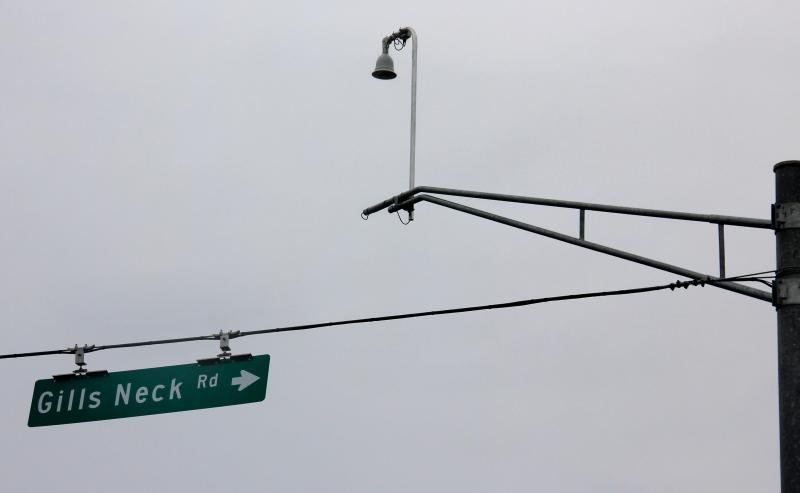One of the earliest explanations I heard for God was that he or she was ubiquitously omnipotent. Translation: everywhere and all powerful. Kind of like Santa Claus. “He sees you when you’re sleeping, he knows when you’re awake ...”
Kurt Vonnegut, in his novel “The Sirens of Titan,” made up an impressive word to describe the realm where God resides: the chronosynclastic infundibulum. (I’ve held tightly to that word, waiting for the perfect Scrabble moment.) My translation: the place where everything happens at the same time forever. The infinite universe.
Then, as my spirituality evolved, I learned that God is within all of us and that we all are God. (Hang with me here. Don’t nod and don’t be looking at your watch. This isn’t a sermon.)
Now, with cameras everywhere, God’s tangible proof is in front of us all the time. Cellphone cameras, computer cameras, security cameras, red-light and speed cameras, satellite cameras way out in space and microscopic cameras being guided by doctors through our veins and arteries - we are always being seen by the lens of some kind of camera. No wonder President-Elect Donald Trump says that when it comes to national security he doesn’t trust computers. Human couriers, yes. Carrier pigeons should also be considered. Less hackable. A more analog approach in the second decade of the 21st century? It does make me wonder.
All of this was stimulated by seeing an unusual fixture along Kings Highway outside Lewes at the Cape Henlopen High School intersection. I have seen these in different places around the state. They’re aluminum and look like old-fashioned goose-neck street lamps; only where you would expect the lamp to be is a much smaller fixture. The poles are much taller too. And they don’t shine at night. But they’re still working at night, just like God.
I sent the photograph here to DelDOT public relations specialist Jim Westhoff. He sent back the following explanation provided by someone in the traffic management division:
“Yes, this is a camera. However, it is not the type of camera that displays images at the TMC [Traffic Management Center] or to the public via the web or app. This camera is providing traffic detection information to the traffic signal – similar to what is done at most traffic signals through inductive loops. Similar to loops, the camera allows the traffic signal to skip signal phases when there is no traffic present, call [activate] phases when traffic is present, and extend green time when traffic volumes are heavy (within pre-set parameters). For this particular location, the camera is being used temporarily until the final construction is complete and inductive loops are installed.”
About those inductive loops
Most of us are familiar with the inductive loops. They are electrically charged magnetic strips imbedded in the paving at intersections. When tires cross the strips, they send information to the signal. When I’m on my bicycle at the Church Street and Rehoboth Avenue intersection just outside Rehoboth Beach, I make sure my tires hit the strip when I come up to the avenue so it can trigger the light, stop traffic and let me cross safely to the shoulder on the other side. I used to think they were pressure sensitive, but now I know it has more to do with the mild electrical impulse being interrupted.
These high-flying cameras, installed at a dozen and a half or so intersections up and down the state, gather information for the same purpose. Not only does the digitized information trigger responses from signals at the intersections, it also provides traffic counts and monitors vehicle, bicycle and pedestrian information for management purposes.
GRIDSMART is the company that manufactures the cameras. Its literature says its “iconic Bell Camera delivers the industry’s only horizon to horizon view that includes the center of the intersection, where vehicles, bicycles, and pedestrians actually cross paths. GRIDSMART uses vision-based tracking with a fisheye camera, allowing the system to track vehicles into and out of the intersection. This capability allows the system to provide true turning movement counts.”
As expensive as land is, and construction of new highways also being costly, DelDOT has to use the most advanced technology available to make the roadways we do have work most efficiently and effectively.
As smart as this technology is, however, humans still have to set the parameters. When many of us sit at local intersections and watch just a few cars make it through before the lights change while frustration grows, we can’t help but wonder who’s setting the parameters, and why, and whether we need to resort to good old-fashioned prayer, asking our all-knowing God to step in with some fine-tuning.

















































